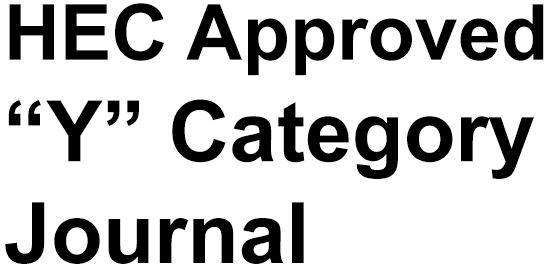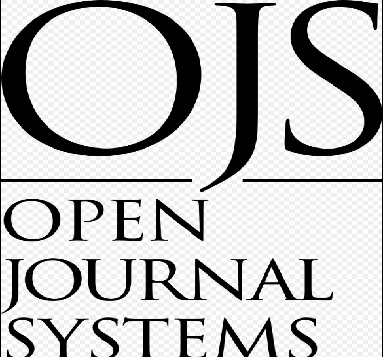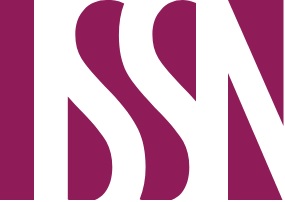Evaluating the Cost-effectiveness of Different Surveillance Approaches for Specific Diseases
DOI:
https://doi.org/10.63056/ACAD.004.04.0885Keywords:
Cost-effectiveness analysis , surveillance systems , public health , cost-effectiveness , ICER , hybrid surveillance , real-time surveillance, disease monitoring, predictive analytics, sensitivity analysisAbstract
The article compares the cost-effectiveness analysis (CEA) of different surveillance systems applied in the field of public health to keep a track of infectious diseases and other health risks. Since available resources in most cases are scarce to address the public health, a cost-effective review of the surveillance systems is essential to the decision-making and effective distribution of resources. This paper aims to determine the relative cost-effectiveness of various surveillance strategies, e.g., syndromic surveillance, active surveillance, and genomic surveillance, in different types of diseases, and what are the best practices in implementing cost-effective surveillance strategies in resource-limited contexts.
Methods and Materials: A literature search was performed based on the literature concerning the cost-effectiveness of public health surveillance systems with a priority to those publications published during the past decade. Some of the types of various diseases that were analyzed encompassed acute respiratory infections, vaccine-preventable diseases, vector-borne diseases, and antimicrobial resistance. Each study provided a combination of cost and effectiveness data, where incremental cost-effectiveness ratios (ICERs) and sensitivity analysis were mainly needed to estimate uncertainty in model assumptions.
Findings: The findings suggest that hybrid surveillance systems that combine information related to a variety of sources (e.g., human, environmental and animal health) are the most affordable options in the high-resource and low-resource contexts. The cost-effectiveness of various surveillance strategies depends, however, on the disease, healthcare infrastructure of a particular country, and available technologies. A real-time surveillance system though it was initially costly was very effective in controlling outbreaks through quick response.
Future Work: Future studies should be aimed at creating more unified surveillance models where real-time data is combined with predictive analytics to enhance timeliness and accuracy of outbreak detection. Besides this, the economic effects of hybrid systems and machine-learning implementation to achieve predictive surveillance should also be investigated in future studies to overcome the challenges arising due to the global health threats.
Downloads
Published
Issue
Section
License
Copyright (c) 2025 Dr. Ayesha ishtiaq Tarrar, Dr.Rishmial Tauseef Cheema, Dr. Alizay Shahzad, M. Mughees ur Rehman (Author)

This work is licensed under a Creative Commons Attribution 4.0 International License.












